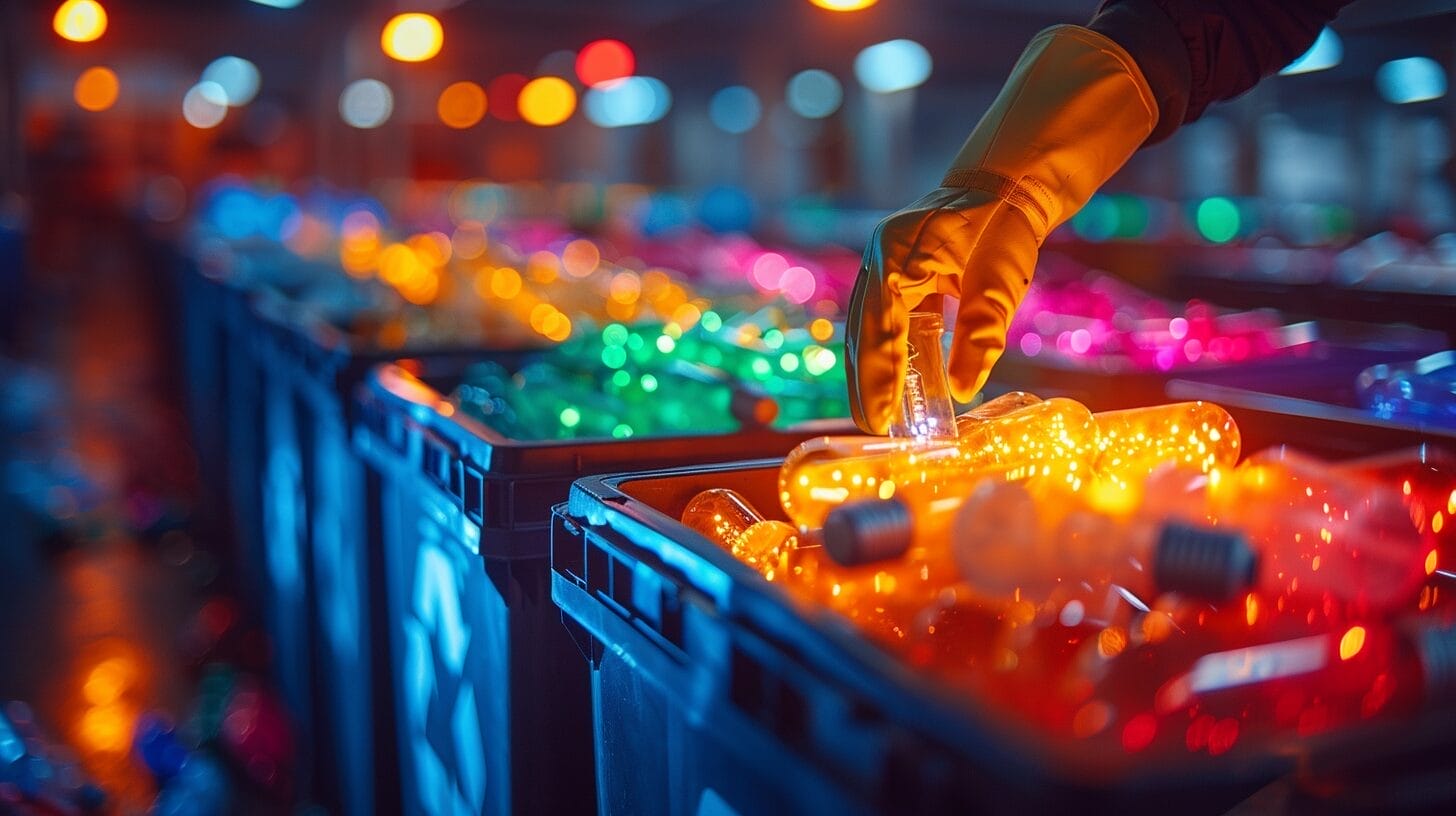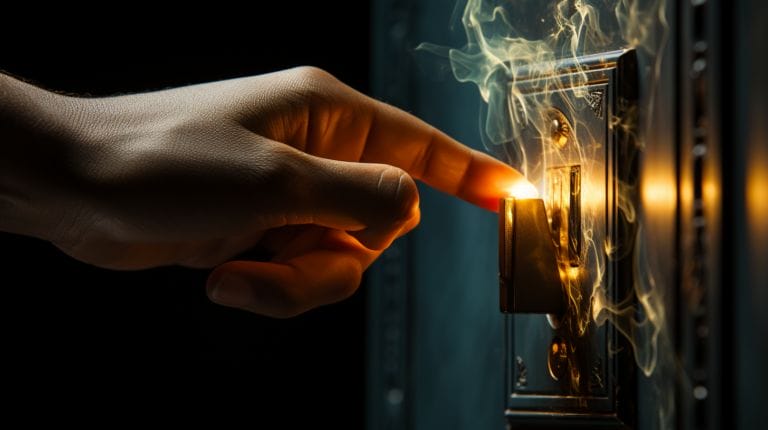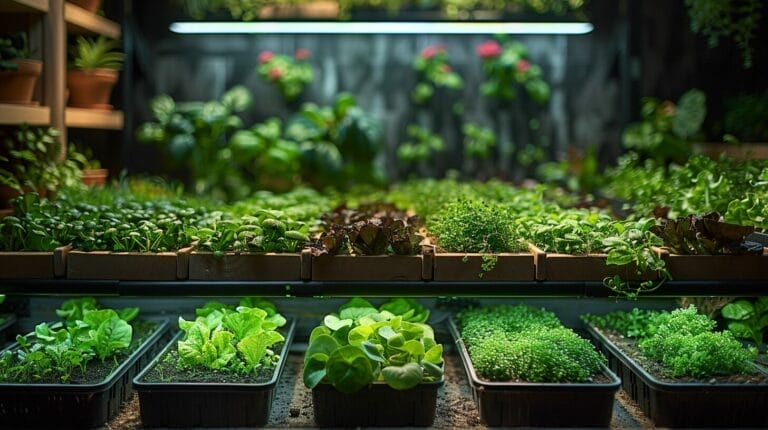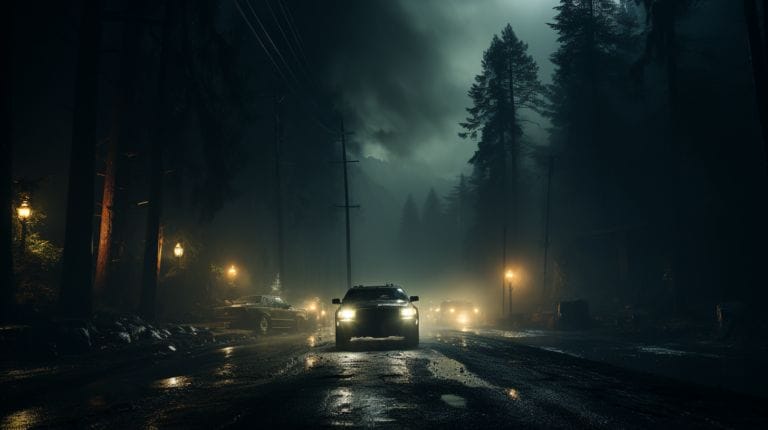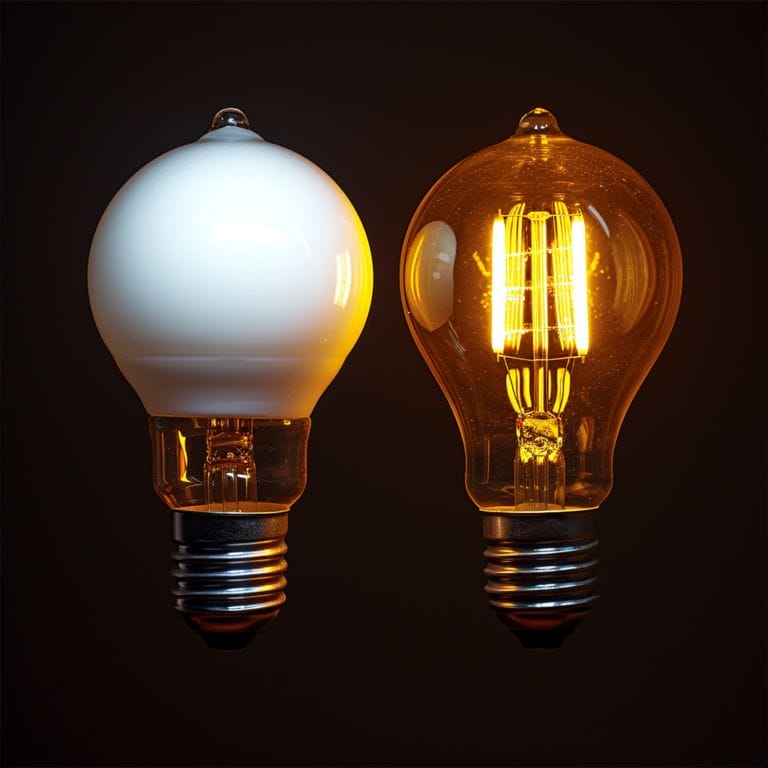How to Throw Away LED Light Bulbs: Dispose of Bulbs Properly
Wondering how to dispose of LED light bulbs? Unlike incandescent ones, LED bulbs contain hazardous materials and need special handling. Avoid tossing them in regular trash. Look for recycling options at waste facilities or electronics centers. Many retailers offer take-back programs. Proper disposal not only ensures safety but also contributes to environmental sustainability. Let’s explore the steps to responsibly dispose of LED bulbs and minimize environmental impact.
Key Takeaways
- Use specialized recycling processes for LED bulbs.
- Prevent breakage to ensure safe handling.
- Utilize local recycling services for disposal.
- Separate LED bulbs from regular waste.
- Recycling LED bulbs promotes environmental sustainability.
Understanding Different Types of Light Bulbs and their Impact
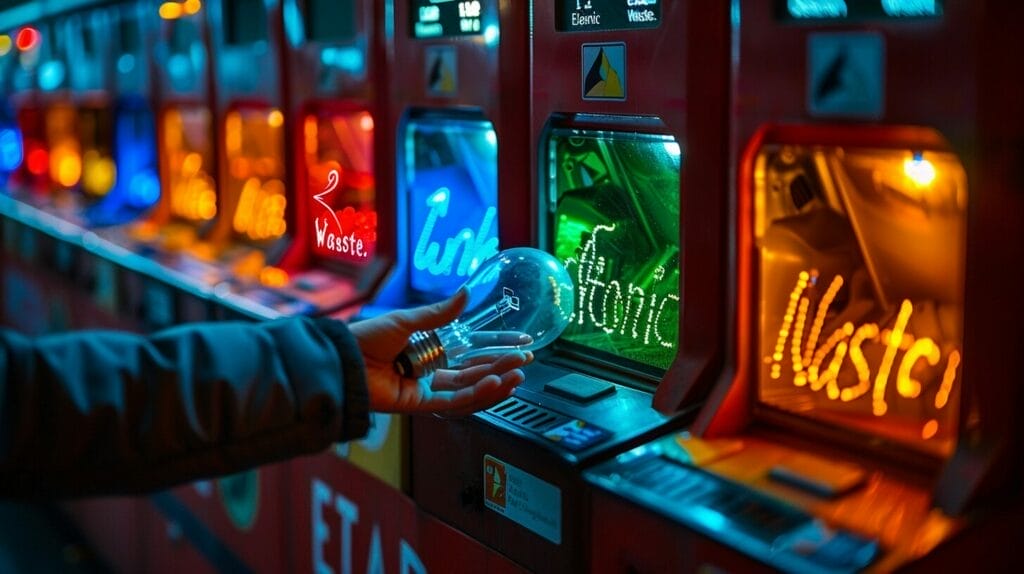
Each type of light bulb, whether it’s LED, incandescent, CFL, or halogen, has a distinct environmental impact. LED bulbs, known for their energy efficiency, have a notably lower environmental impact compared to incandescent bulbs. They last longer and consume less energy. However, CFL bulbs contain small amounts of mercury, making it crucial to dispose of them properly to prevent mercury contamination. Halogen bulbs, while more efficient than incandescent bulbs, still consume more energy than LEDs.
When it comes to disposal, it’s essential to recycle light bulbs to reduce environmental impact. This ensures that valuable materials are recovered and harmful substances are contained. So, choose energy-efficient options like LEDs and handle the disposal of broken CFL bulbs with care.
The Importance of Properly Disposing Light Bulbs

Minimizing environmental harm and ensuring the safety of our surroundings is why proper disposal of light bulbs matters. Incandescent bulbs or compact fluorescent lights thrown in regular trash end up in landfills, posing a risk due to their mercury content. Mercury, a toxic element found in many types of light bulbs, can contaminate the environment if not handled properly. Recycling centers play a vital role in processing these bulbs, thus preventing mercury from contaminating soil and water sources.
Adhering to regulations that govern hazardous waste disposal is another reason why correct disposal of light bulbs is crucial. Proper understanding and handling of hazardous materials like mercury content in bulbs can prevent legal implications and contribute to a safer and more sustainable future.
Correct Methods to Dispose of LED Light Bulbs
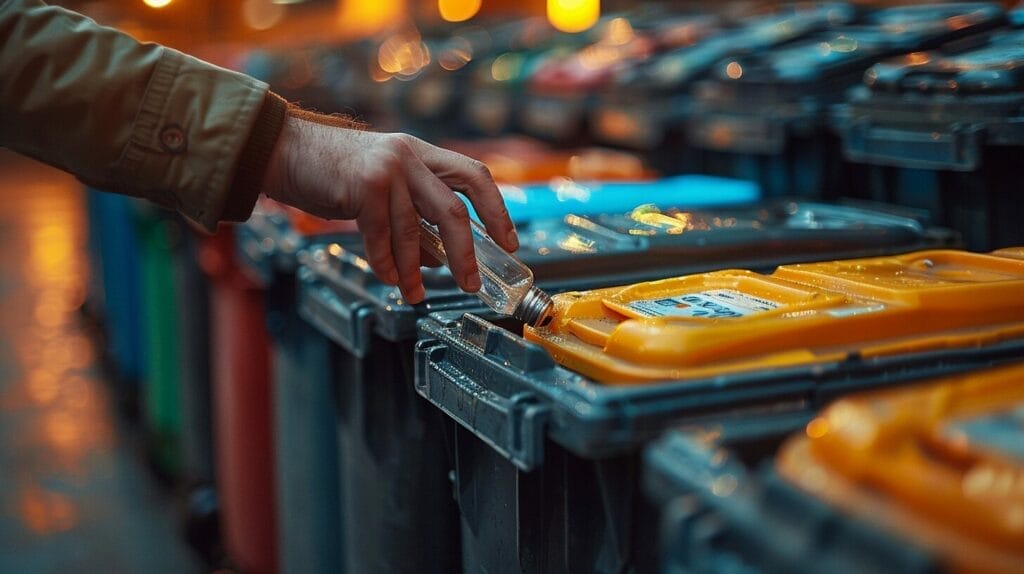
LED bulbs require special handling and recycling methods to ensure safe disposal. They should be treated with care to prevent breakage. Many local recycling services accept LED bulbs and recycle them in an environmentally friendly manner. LED bulbs cannot be thrown in the trash like regular waste due to their electronic components requiring specialized recycling processes. Proper handling and disposal of LED bulbs prevent environmental harm and promote the reuse of valuable materials found within these innovative lighting products.
How to Dispose of Other Types of Light Bulbs
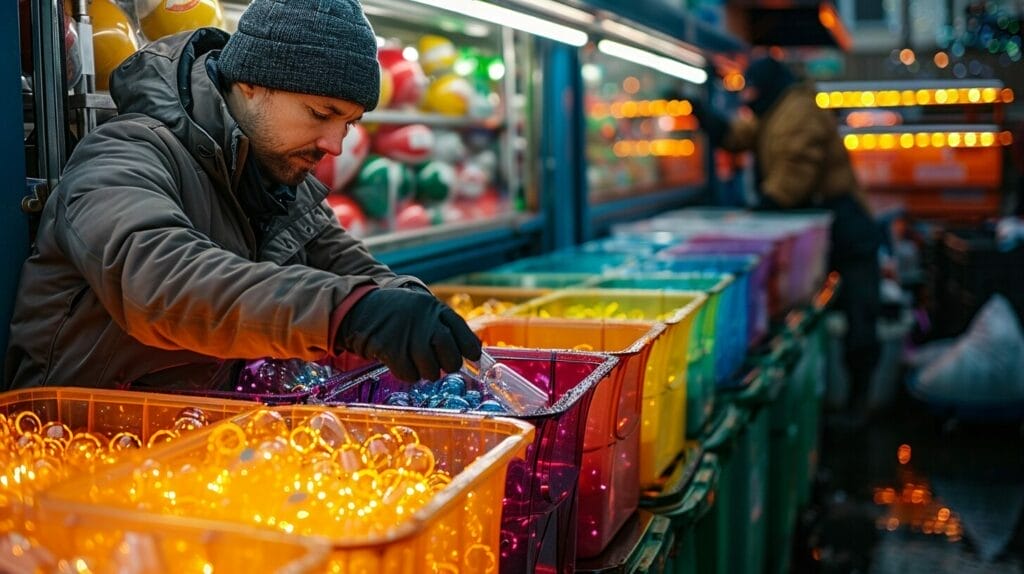
Different types of light bulbs require specific disposal methods:
| Light Bulb Type | Disposal Method |
|---|---|
| Incandescent | Wrap in paper and dispose in the trash |
| Halogen | Wear gloves, bag, and dispose in the trash |
| Fluorescent/CFL | Take to local recycling center for safe disposal |
By following specific steps tailored to each type, we can ensure that light bulbs are disposed of properly, minimizing environmental impact.
Exploring Recycling Options for All Types of Light Bulbs
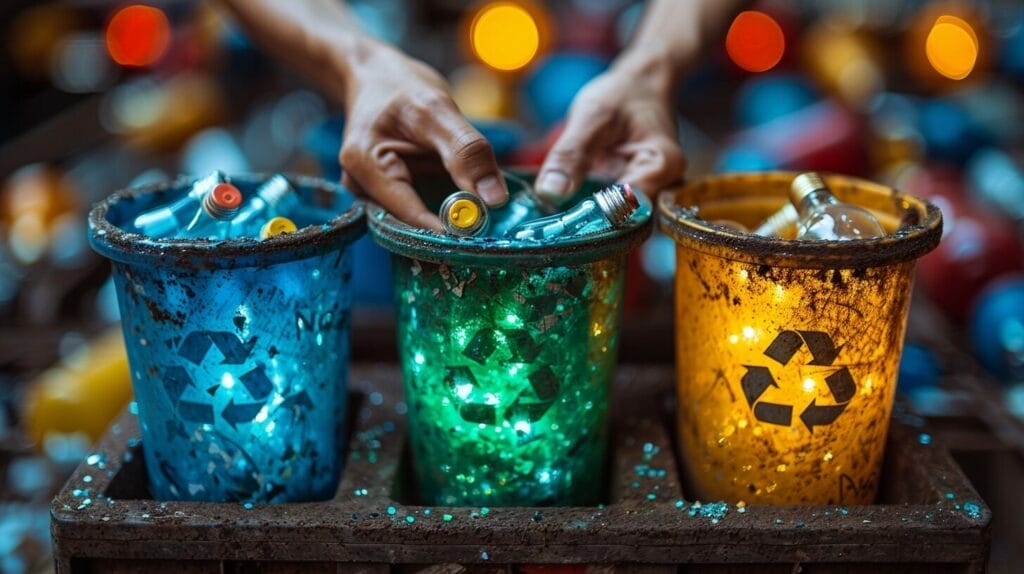
Different recycling options are available for all types of light bulbs. Many communities offer drop-off locations at local recycling centers, and major retailers have established recycling programs for efficient disposal. These programs often accept a wide range of light bulbs, including fluorescent tubes and LED bulbs, ensuring that these items don’t end up in landfills where they can pose a risk to the environment.
Conclusion
Let’s make a positive impact on the environment by properly disposing of our LED light bulbs.
By recycling them through specialized services, we can prevent harmful materials from ending up in landfills and harming our planet.
Let’s take the extra step to guarantee that our waste management practices are responsible and sustainable for a greener future.
Frequently Asked Questions
How do I dispose of LED light bulbs properly?
LED light bulbs should not be thrown away in regular household trash as they contain toxic materials. They should be disposed of at a proper recycling center or through a bulb recycling program.
Can I throw away LED bulbs with my regular trash?
No, LED bulbs should not be thrown away with regular household trash as they can release toxic substances into the environment. They should be disposed of properly at a recycling center.
Do LED bulbs contain any toxic substances?
LED bulbs do not contain mercury like CFL bulbs, but they still should not be disposed of in regular trash bins. Proper disposal is necessary to prevent harm to the environment.
Where can I dispose of LED light bulbs?
You can dispose of LED light bulbs at a local recycling center, through a bulb recycling program, or at certain home improvement stores like Home Depot that accept these bulbs for recycling.
How should I handle broken LED bulbs?
If an LED bulb breaks, use gloves to carefully clean up the area and dispose of the broken bulb at a hazardous waste facility or through a bulb recycling program to ensure safe disposal.

